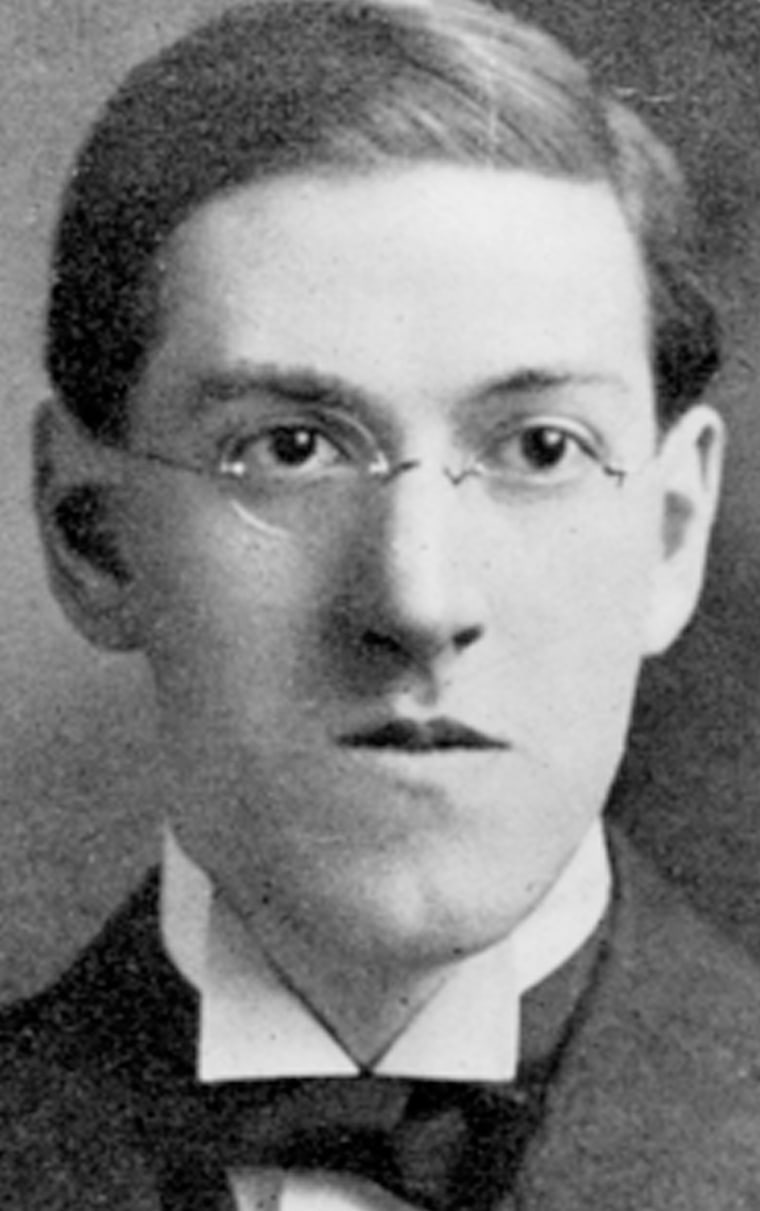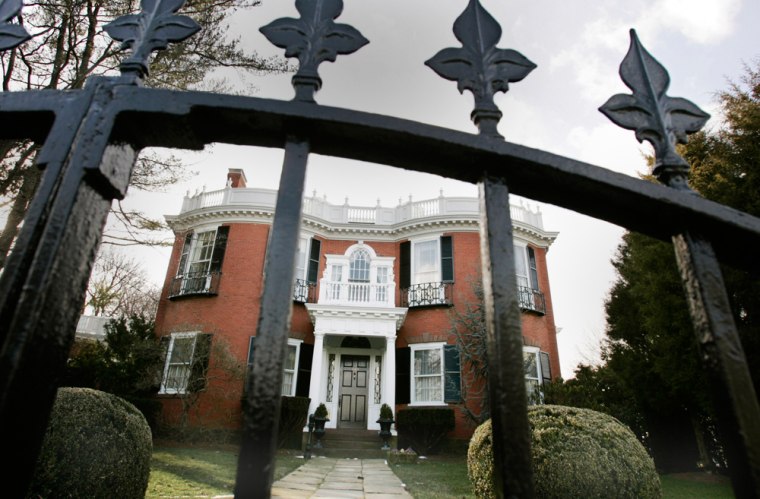Horror writer H.P Lovecraft so identified with this New England city that the headstone on his grave reads: "I AM PROVIDENCE," a phrase taken directly from one of his letters.
The author, now viewed as one of the great horror writers of the 20th century, grew up near Brown University. Some of his best-known works are set in the colonial homes near downtown Providence, and his grave is in a historic city cemetery.
A visit to Lovecraft's hometown is a must for American culture buffs and fans of the author of "At the Mountains of Madness," a famous novella about a doomed archaeological expedition. Visitors can stroll the same streets where Lovecraft imagined stories about dormant gods returning to torment or annihilate mankind.
Several Lovecraft walking tours are being offered March 17-18 along with a "Pulp Uncovered" festival, March 15-18, that will include discussions of the writer's legacy. The events coincide with the 70th anniversary of the writer's death. The tours will be led by the Providence Preservation Society and the Rhode Island Historical Society. The festival is being hosted by Brown University's Public Humanities Program.
But you can also do a self-guided tour of Lovecraft sites.
"It's amazing how many of the sites he described in his stories still survive in Providence and are in better condition now than in his day," said Lovecraft biographer and archivist S.T. Joshi, who is expected to speak at the "Pulp Uncovered" event. "It's very much as Lovecraft knew it, so when you go there you are stepping back to his time."
Lovecraft spent almost his entire life in Rhode Island's capital city, except for a short and unhappy stay in Brooklyn, N.Y., during a brief marriage.
Providence is where he cultivated a habit of nearly nonstop letter writing and penned the horror tales for which he is remembered. One of Lovecraft's better known works - "The Case of Charles Dexter Ward" - is based almost entirely in Providence.
Lovecraft primarily wrote for pulp magazines and was little known outside of cult circles during his life. Scholars and fans like "Psycho" author Robert Bloch kept his reputation alive during the following decades until his work gained wider acceptance.

Lovecraft's champions now include mainstream literary authors Joyce Carol Oates and Michael Chabon; his stories were recently collected in an authoritative 800-page Library of America edition. The book series has published collected works of many canonical American writers.
Bestselling horror writer Stephen King is a fan as well. He wrote an introduction to a book by Michel Houellebecq called "H.P. Lovecraft: Against the World, Against Life" (McSweeney's, 2005). In the book, Houellebecq argues that Lovecraft "matters a great deal even in the 21st century," King wrote. "As it happens, I think he could not be more right."
Lovecraft's work echoes throughout pop culture and is translated into at least 20 languages. The characters and creatures from Mike Mignola's popular graphic novel series "Hellboy" - which was made into a 2004 Hollywood film - owe an obvious debt to Lovecraft.
A good start for a walking tour of Lovecraft's Providence is the John Hay Library at Brown (20 Prospect St.). A plaque dedicated to Lovecraft at the centennial of his birth in August 1990 can be found to the right of the library. Lovecraft's final home once stood on part of the library site - it's been moved to 65 Prospect St.
Library visitors can access the world's largest collection of Lovecraft letters, books and errata. Among the items is an exceedingly rare copy of "The Shadow Over Innsmouth" - one of only 400 copies printed in 1936. There are also copies of pulp magazines that first published Lovecraft stories and letters, many dozens of pages long in small cursive print.
Visitors should know what they're looking for, though, as librarians must retrieve items for review in a reading room.
A short stroll down Prospect Street takes visitors to the Halsey House (140 Prospect), a mansion that served as the fictional home of Charles Dexter Ward. The character in the 1927 novella is a young man from a prominent Providence family who goes mad after trying to learn more about a mysterious ancestor.
The book contains descriptions of Providence and surrounding cities like Pawtucket which seem startlingly accurate today, including one description of the hills near Brown containing "innumerable little lanes with leaning, huddled houses of immense antiquity."
A third stop in Lovecraft's Providence is Prospect Park on Congdon Street, where Lovecraft wrote many letters and bemoaned the increased building he could see downtown from the impressive hilltop viewpoint.
Lovecraft grew up in a three-story Victorian mansion located at 454 Angell St. in Providence. The house no longer stands but was important to a young Lovecraft, who loved to wander the halls and read in the attic. Lovecraft later lived in a home at 598 Angell St., which is still there.
Another must-visit is the home at 135 Benefit St., which looks somewhat ominous despite its yellow paint. This is "The Shunned House," which Lovecraft used as the basis for a short story of the same name. Lovecraft also liked to visit the old cemetery at the Cathedral of St. John (271 N. Main St.). Edgar Allan Poe was also said to be a frequent visitor during his lifetime.
The final stops on a Lovecraft tour require a long walk or a short drive through Providence's East Side. Lovecraft and his family are buried at the Swan Point Cemetery at 585 Blackstone Blvd., also the final resting spot of many Rhode Island governors.
The Lovecraft plot is located at Lot 5. The cemetery is so accustomed to Lovecraft visitors that workers will draw a map to the site. Lovecraft's headstone is located behind the main memorial in the family plot.
Lovecraft so identified with his home that he'd likely be happy to be considered a reason to visit Providence, Joshi said.
"He'd be astounded at his posthumous reputation," he said. "He was convinced his work was destined for oblivion."
